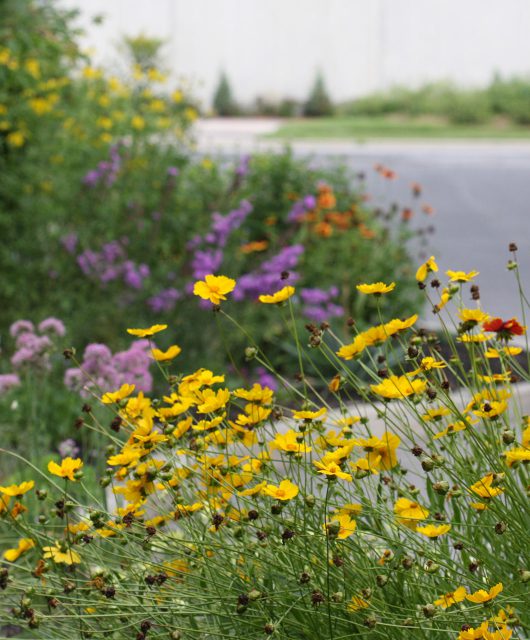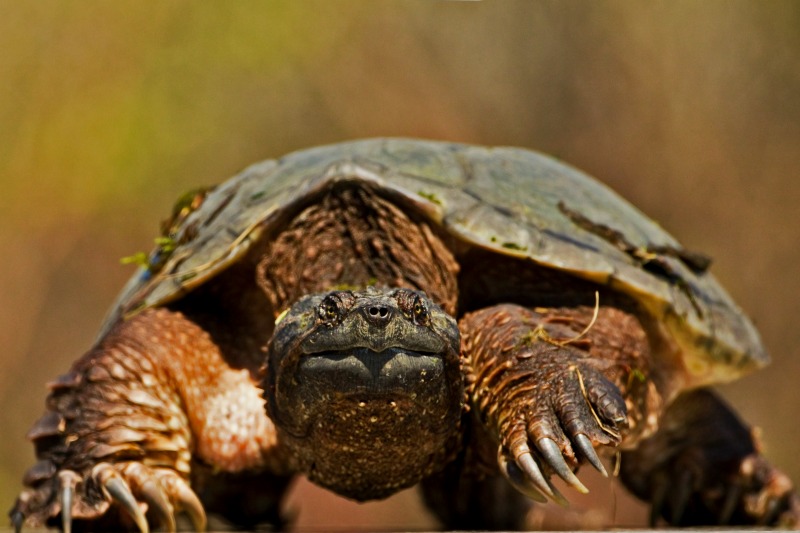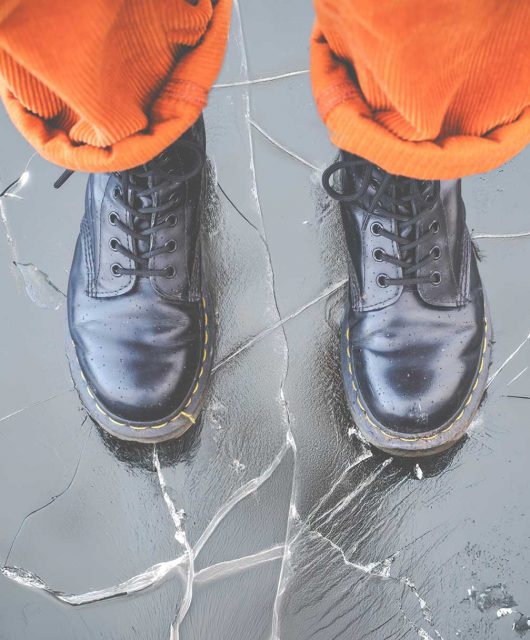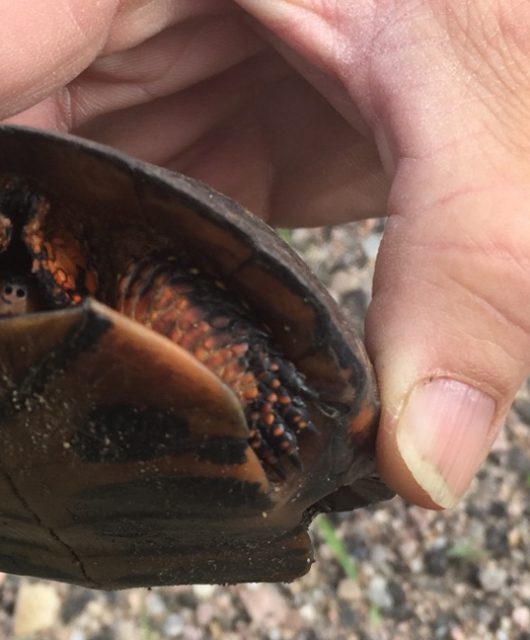If you thought the use of road salt only impacted our lakes and rivers in the winter, think again!
Road salt, usually sodium chloride, is applied to our roads, sidewalks and parking lots in the winter to help keep these areas safe and to reduce accidents. While it serves a valuable purpose in winter, however, the chloride doesn’t just stay on these surfaces. Eventually, high volumes of salt find their way into nearby water bodies through runoff and leaching.
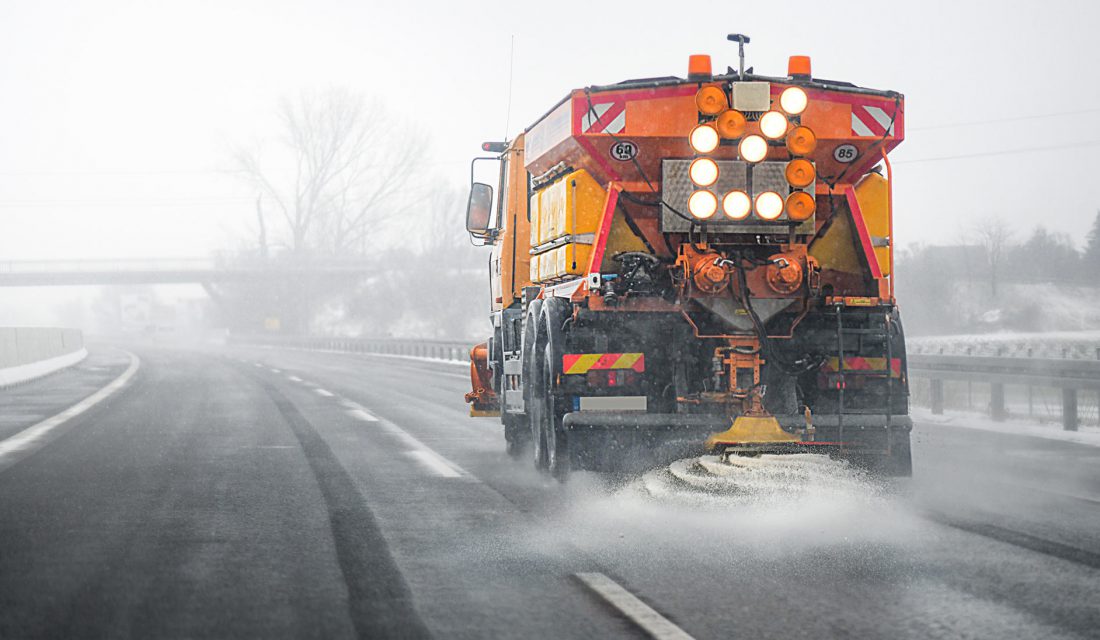
A recent study from the University of Toronto sampled water from the Humber River, Don River, Etobicoke Creek and Mimico Creek during July and August 2019. Their results showed that close to 90 per cent of their locations surpassed Canada’s chronic exposure guidelines for chloride and 13 per cent had chloride concentrations above the acute exposure thresholds, even in summer. The highest concentrations were found in waters flowing within city limits.
Impacts on Wildlife
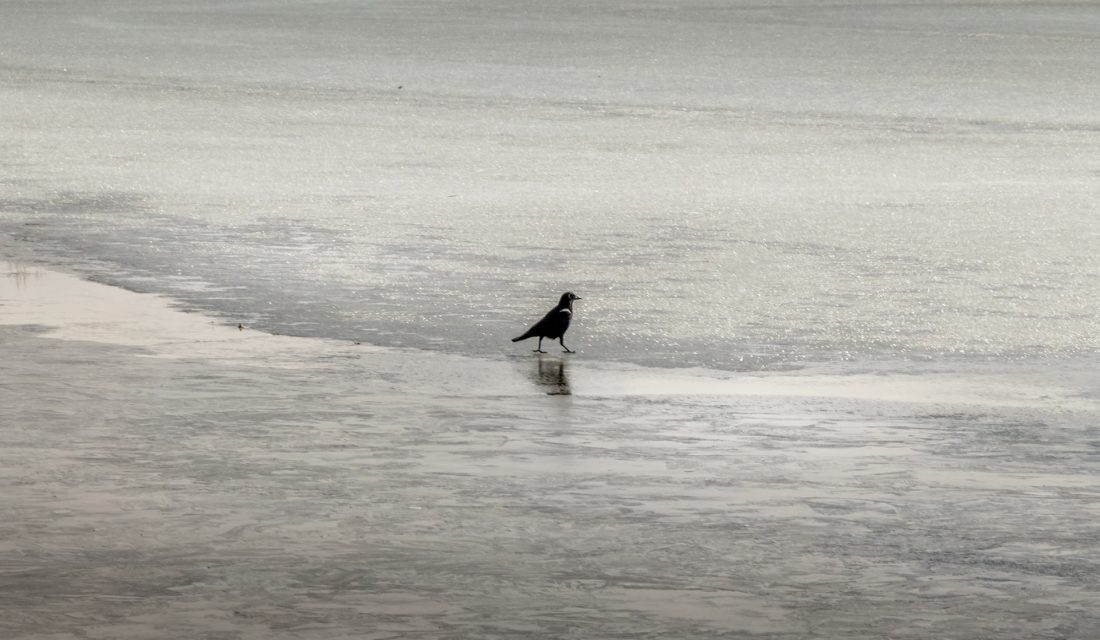 What impact do these high concentrations have on wildlife? For starters, it’s enough chloride to negatively impact up to two-thirds of aquatic life at various sites. Increased chloride concentrations can result in physiological stress in freshwater organisms and can severely interfere with their osmoregulation — their bodies balancing water-salt ratios — which can result in death.
What impact do these high concentrations have on wildlife? For starters, it’s enough chloride to negatively impact up to two-thirds of aquatic life at various sites. Increased chloride concentrations can result in physiological stress in freshwater organisms and can severely interfere with their osmoregulation — their bodies balancing water-salt ratios — which can result in death.
High chloride concentrations have been found to alter food webs and biotic communities. While some species could get used to the increased levels of chloride in their aquatic environment, there are others that won’t, and this could include already at-risk species like the Endangered Redside Dace, a fish from the minnow family that lives in the study area.
The use of road salt is one of the biggest culprits in making our waterways saltier. Canada uses an estimated seven million tonnes of road salt each year on our highways and streets. While progress is being made to reduce our dependence on road salt – including the use of brine, beet juice and infrared pavement temperature sensors – there are other options for residents and private companies.
Saltless Alternatives
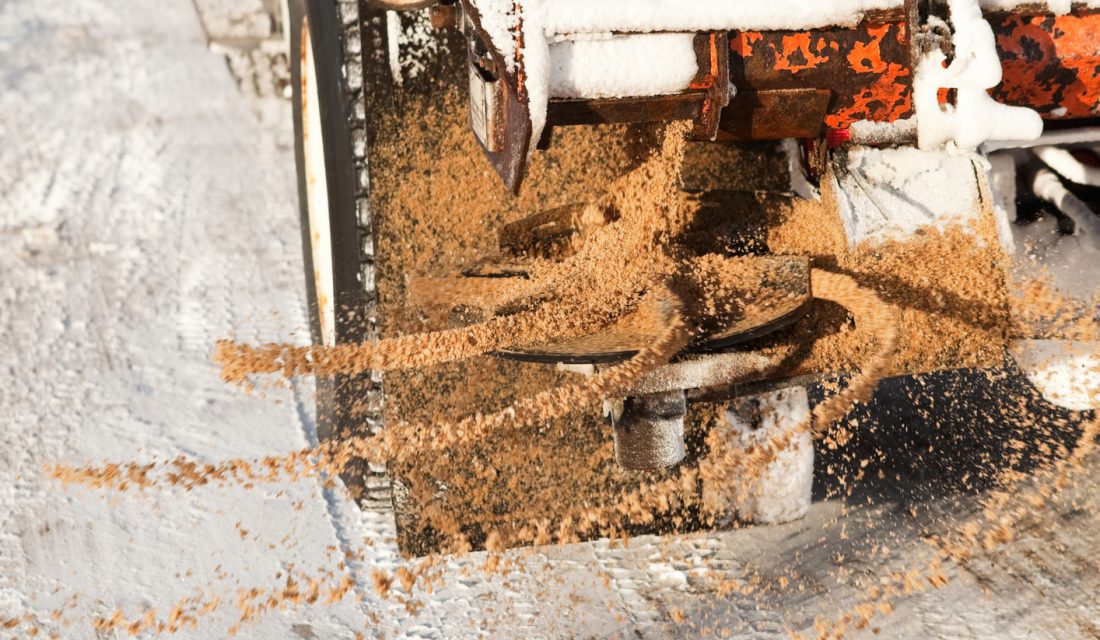 The last thing anyone wants is for someone to slip and fall on their driveway or deck. The alternatives below may just be what you need to not only keep you, you family, and visitors safe, but your lake too!
The last thing anyone wants is for someone to slip and fall on their driveway or deck. The alternatives below may just be what you need to not only keep you, you family, and visitors safe, but your lake too!
- If you can, clear the snow with a shovel, plow or snowblower. This will help prevent ice from forming.
- Instead of using salt, use:
- Sand.
- Non-clumping cat litter.
- Coffee grinds.
- Fireplace ashes.
- If you must use salt, remember there’s a limit to its effectiveness. Using more doesn’t produce more results, so use only recommended amounts. Remember, if it’s below -10°C it’s generally too cold for salt to work.
Be mindful that these alternatives can still runoff into nearby water bodies. Come springtime, you should clean up as much of these alternative materials as you can to keep them from entering your lake.

